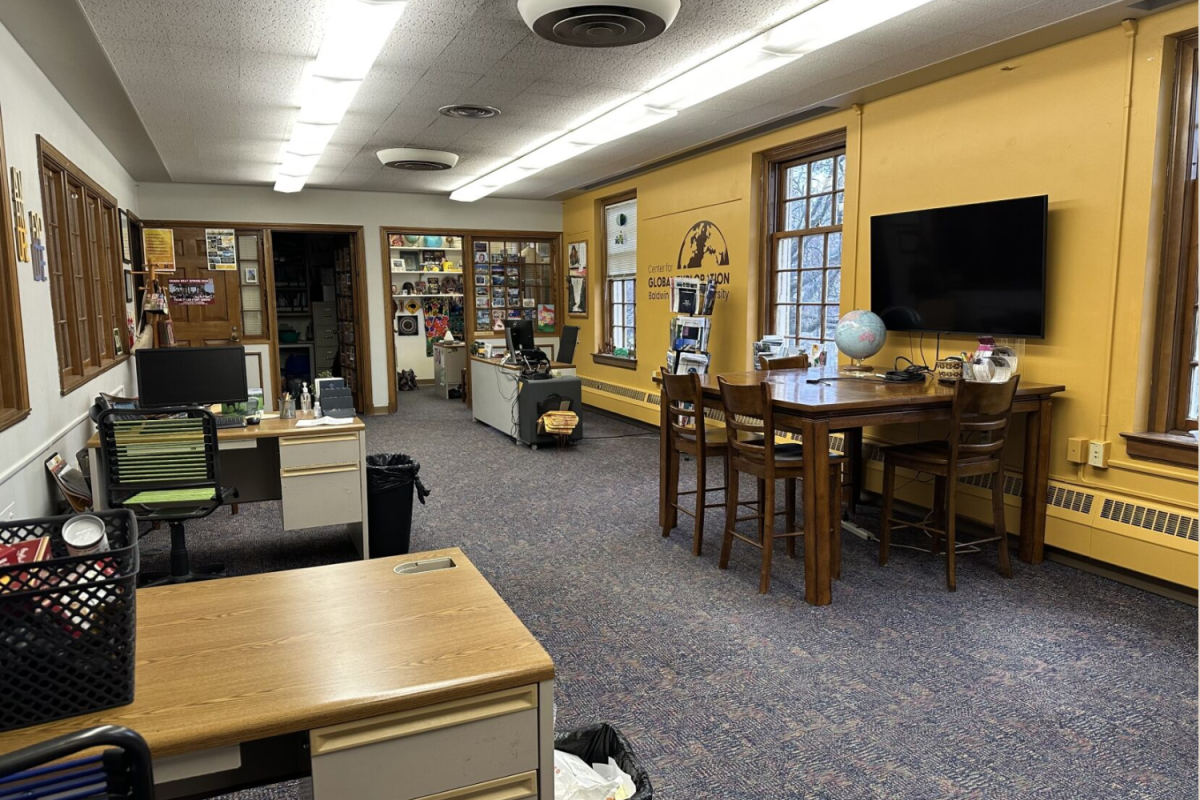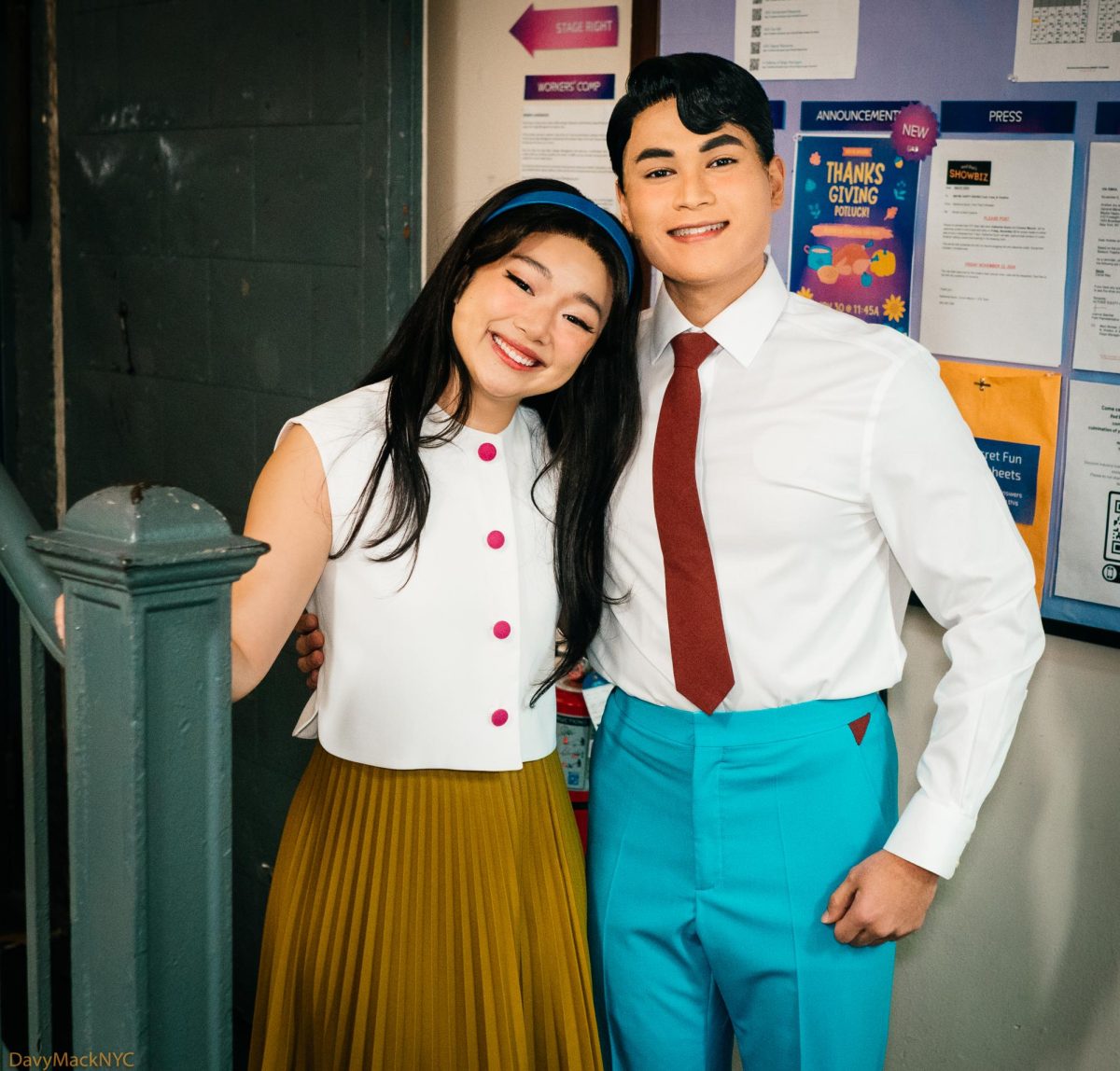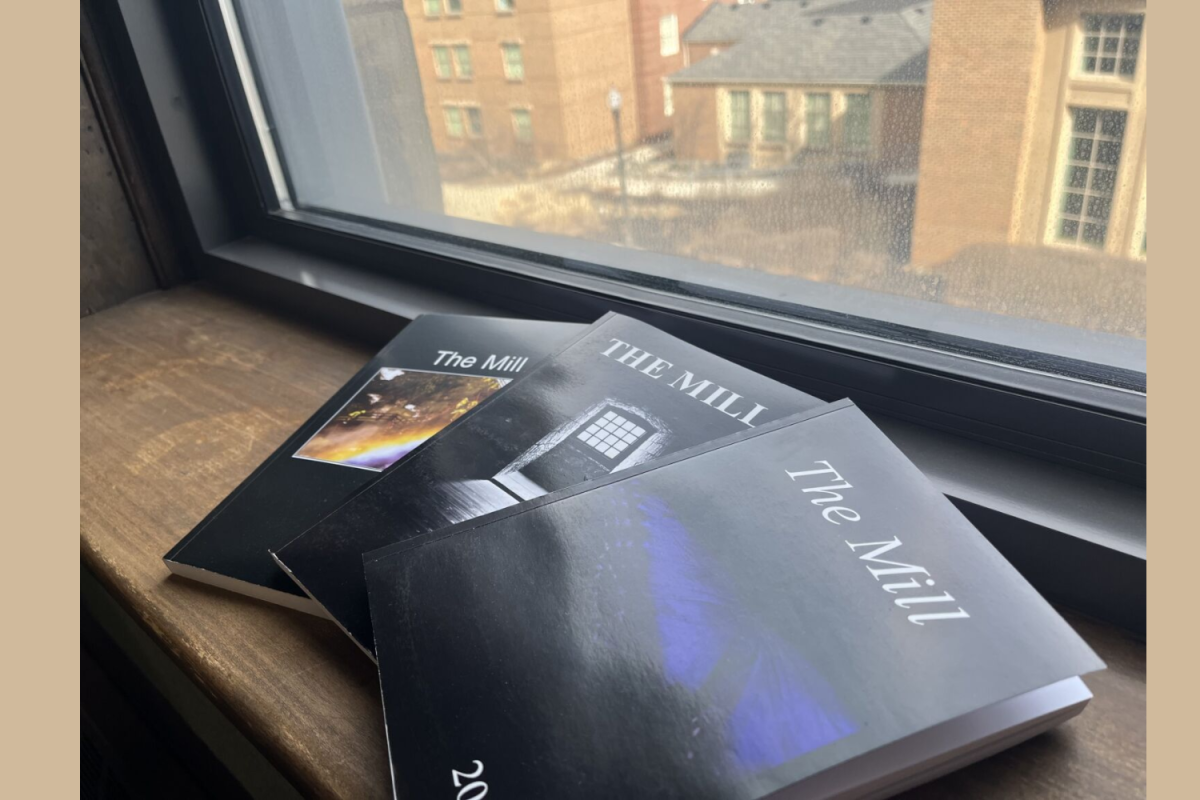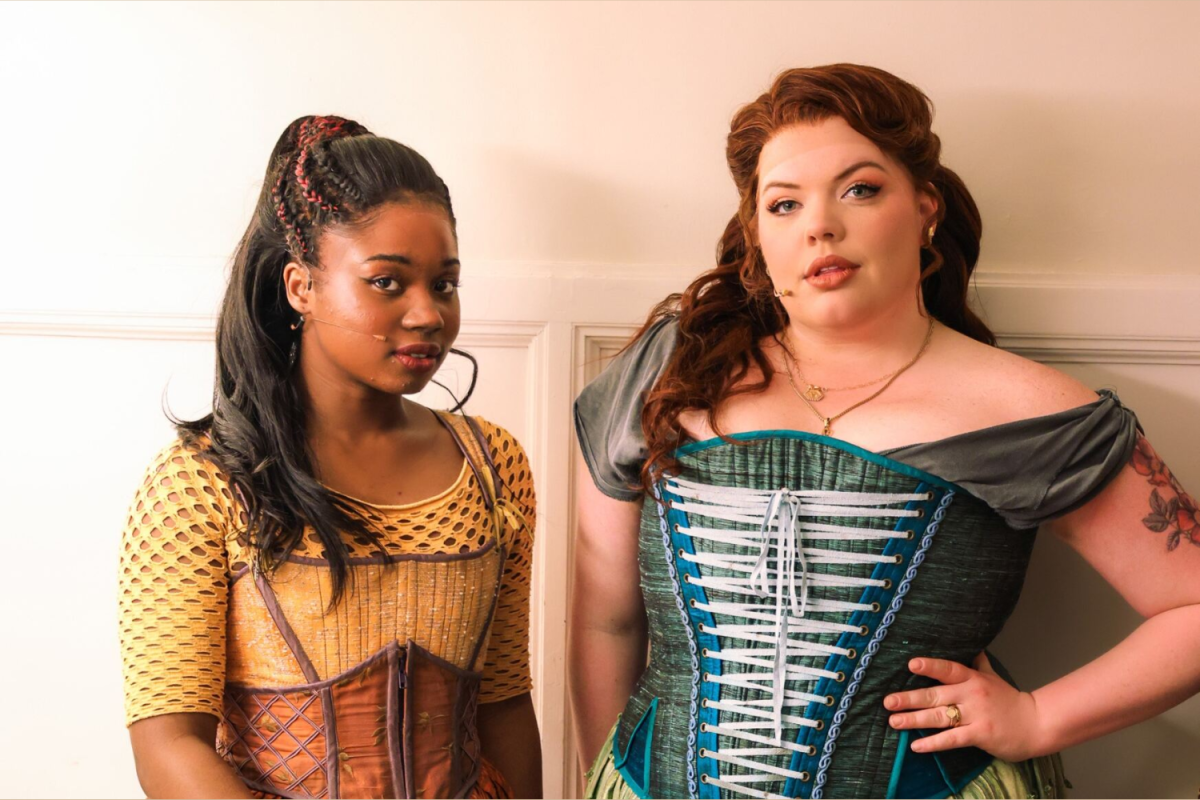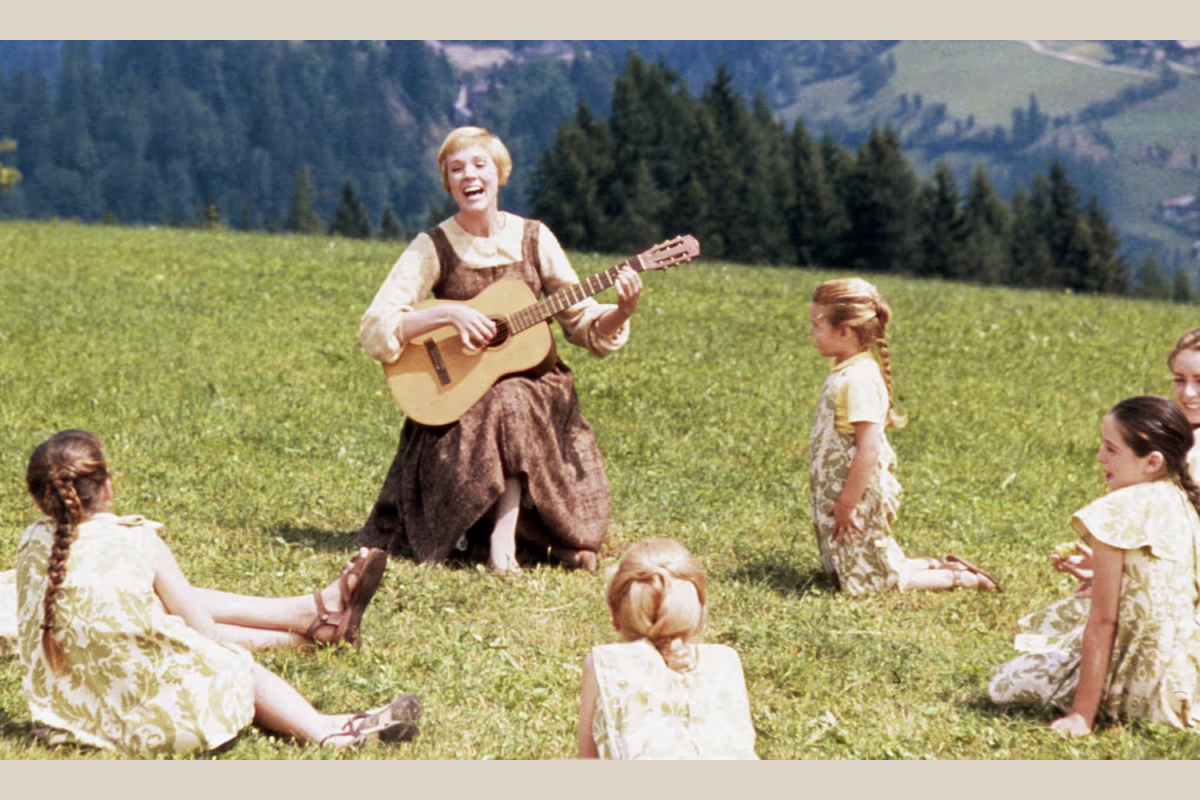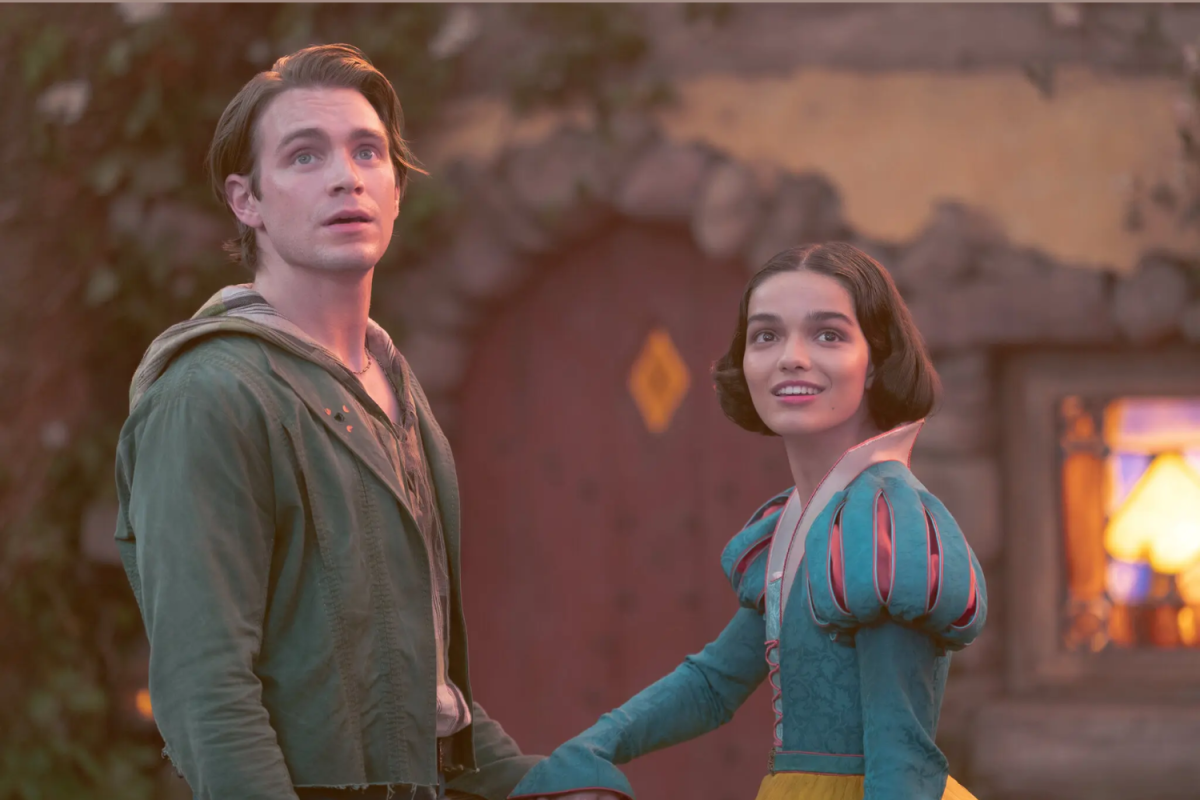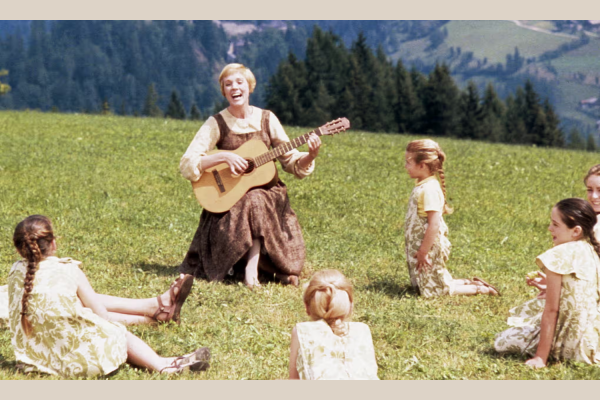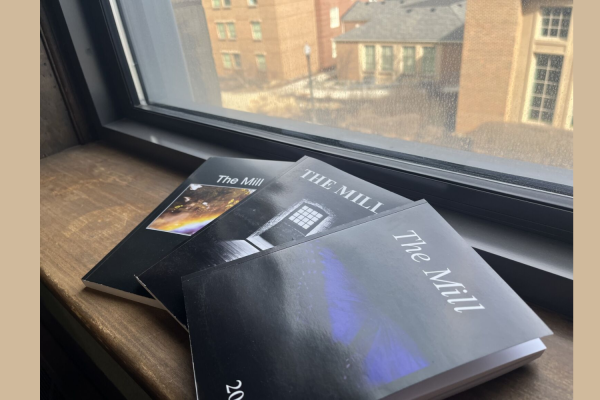“Spencer” Review: Pablo Larraín’s Return to the Biopic Genre is a Unique and Thrilling Success
The thing to keep in mind when going into Spencer, the new film from director Pablo Larraín, is that when he makes biopics, he never makes “biopics.” “Jackie,” Larrain’s 2016 masterpiece, was an intimate look at First Lady Jackie Kennedy and her grief and simultaneous strength and resolve in the week following her husband’s assassination. The film eschews typical biopic formula (see: “Bohemian Rhapsody,” “The Queen” etc.), and instead focuses on an impression of the subject as a human being rather than a general overview of a life in 100 minutes. Larraín does the same with “Spencer” and its subject, Diana, Princess of Wales, and the film delivers great results on all fronts.
“Spencer” takes place over the course of three days in Diana’s life, towards the end of her marriage with Prince Charles. We see Diana ( an excellent Kristin Stewart) going to the Queen’s Sandringham Estate, and over the course of the three days in the film — Christmas Eve, Christmas Day and Boxing Day — we see the anguish that Diana reckons with in her environment as a public figure as she moves toward the decision to divorce Charles and embrace her own independence. Make no mistake, this is not a biopic, but more a sort of psychological thriller, a portrait of the psychological torture that Diana was subjected to as a member of the royal family.
It’s important to note that this film, while based on real events, is entirely fictional. The film opens with text that categorizes the picture as “a fable from a true tragedy.” Steven Knight’s equal parts campy and emotional script delivers on this front, even drawing a very powerful analogy likening Diana to Anne Boleyn, who was executed so King Henry VIII could end their marriage and later declared a martyr. It’s obvious — much of Knight’s script is — but it still works and elicits a deep emotional picture of who Diana might have been, as unknowable as she is to us now.
Along with the creative script, Larraín’s beautiful direction, the wonderful production design and art direction and the film’s excellent performances (Timothy Spall, Sean Harris, and Sally Hawkins are also standouts), the film boasts masterful cinematography from Portrait of a Lady on Fire cinematographer Claire Mathon, who creates a cold, desolate and at times dream-like atmosphere reflecting the inner conflict of Diana amidst the grandeur of the royal family’s lifestyle. Also worth noting is the hauntingly beautiful score by Jonny Greenwood (one of the best of the year), who by all accounts is becoming one of film history’s best composers. Both the visuals and the music amplify the anxiety, beauty, sadness and catharsis that the film delivers, ultimately culminating in a second act climax that ranks among the best scenes of the year.
“Spencer” is not exactly an easy watch, nor is it for everyone. Its slow pace, mannered dialogue and atmosphere can seem to be at odds with the point the film is trying to make at times. To some, the film might feel as though it is at arms-length away from its subject, and entirely unrealistic — the beach scene in the third act in particular elicited an eye-roll from this writer. But if you are able to get on board with the “fable” aspect of the story that is saturated throughout every aspect of the filmmaking, you will ultimately be rewarded by the craft on display. “Spencer” his is a fantastical and haunting picture of a person deciding to take control of their own life and their own story. By taking that angle, Larraín once again successfully elevates the biopic formula to new heights, creating a unique, hypnotic piece of work which stands up among the best films of the year.
The Exponent is looking for financial contributions to support our staff and our newsroom in producing high-quality, well-reported and accurate journalism. Thank you for taking the time to consider supporting our student journalists.

